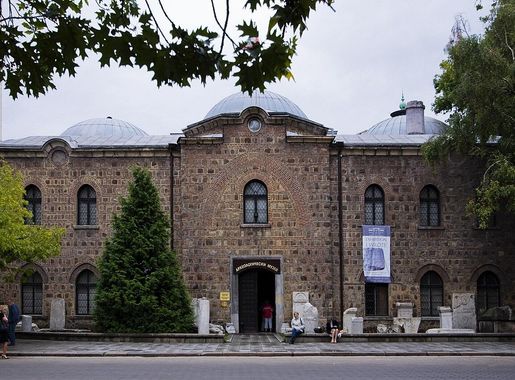
Valletta: The Jewel of the Mediterranean
Discover Valletta, Malta's charming capital, where history, culture, and breathtaking views converge in a stunning Mediterranean setting.
Valletta, the capital city of Malta, is a treasure trove of history, culture, and stunning architecture. Founded in the 16th century by the Knights of St. John, Valletta is a UNESCO World Heritage Site that boasts a rich past and vibrant present. As you stroll through its narrow streets, you'll encounter grand palaces, baroque churches, and charming squares that tell the story of its illustrious history. Valletta is home to some of Malta's most significant landmarks, including St. John's Co-Cathedral, which houses Caravaggio's masterpiece, 'The Beheading of Saint John the Baptist.' The city's fortifications, such as the impressive Fort St. Elmo, offer panoramic views of the Grand Harbour and the surrounding Mediterranean Sea. Don't miss the Upper Barrakka Gardens, a serene oasis that provides breathtaking vistas and a moment of tranquility amid the bustling city. Beyond its historical allure, Valletta is a hub for contemporary culture. The city hosts numerous festivals, concerts, and exhibitions throughout the year. With its array of cafes, restaurants, and boutique shops, Valletta offers a delightful mix of old-world charm and modern sophistication. Whether you're a history buff, an art lover, or simply seeking a picturesque getaway, Valletta promises an unforgettable experience.
Local tips in Valletta
- Visit St. John's Co-Cathedral early in the morning to avoid crowds and enjoy the stunning interior in peace.
- Take a ferry across the Grand Harbour for a unique perspective of Valletta and its fortifications.
- Wear comfortable shoes as Valletta's streets are cobbled and can be steep in some areas.
- Explore the city on foot to fully appreciate its architecture and hidden gems.
- Try the local cuisine, including pastizzi, at one of the traditional Maltese cafes.
- Check the schedule for the Saluting Battery at the Upper Barrakka Gardens to witness the historic cannon firing.
Valletta: The Jewel of the Mediterranean
Valletta, the capital city of Malta, is a treasure trove of history, culture, and stunning architecture. Founded in the 16th century by the Knights of St. John, Valletta is a UNESCO World Heritage Site that boasts a rich past and vibrant present. As you stroll through its narrow streets, you'll encounter grand palaces, baroque churches, and charming squares that tell the story of its illustrious history. Valletta is home to some of Malta's most significant landmarks, including St. John's Co-Cathedral, which houses Caravaggio's masterpiece, 'The Beheading of Saint John the Baptist.' The city's fortifications, such as the impressive Fort St. Elmo, offer panoramic views of the Grand Harbour and the surrounding Mediterranean Sea. Don't miss the Upper Barrakka Gardens, a serene oasis that provides breathtaking vistas and a moment of tranquility amid the bustling city. Beyond its historical allure, Valletta is a hub for contemporary culture. The city hosts numerous festivals, concerts, and exhibitions throughout the year. With its array of cafes, restaurants, and boutique shops, Valletta offers a delightful mix of old-world charm and modern sophistication. Whether you're a history buff, an art lover, or simply seeking a picturesque getaway, Valletta promises an unforgettable experience.
When is the best time to go to Valletta?
Iconic landmarks you can’t miss
Upper Barrakka
Discover Upper Barrakka Gardens in Valletta, a tranquil park offering breathtaking views of the Grand Harbour and rich historical significance.
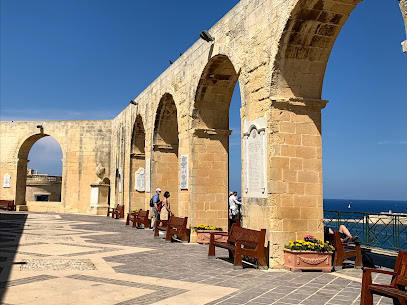
Triton Fountain
Explore Triton Fountain in Floriana, Malta - a stunning modernist landmark surrounded by beautiful gardens and rich cultural heritage.
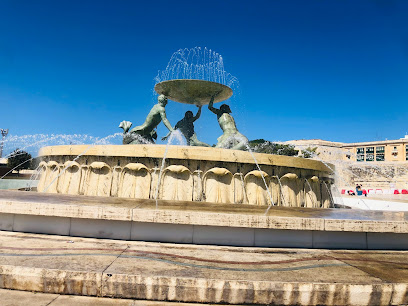
St. John's Co-Cathedral
Discover the Baroque beauty and historical significance of St. John's Co-Cathedral in Valletta, a must-visit for art and history lovers.
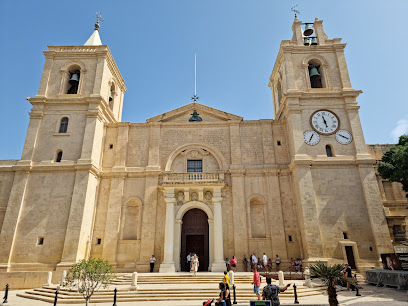
City Gate
Discover the historical significance and architectural beauty of City Gate in Valletta, Malta, as you embark on a journey through time.
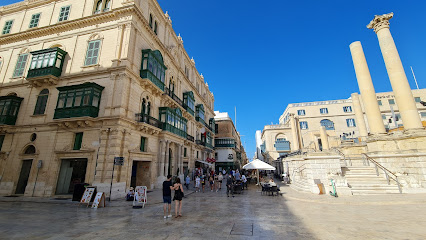
Lower Barrakka
Experience the stunning views and tranquil beauty of Lower Barrakka, a must-visit park in Valletta, Malta, rich in history and natural charm.
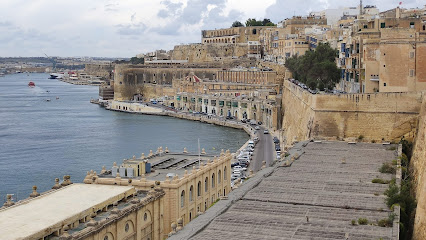
The Valletta Waterfront
Explore Valletta Waterfront: a historic harbor promenade brimming with dining, shopping, and breathtaking views in the heart of Malta.
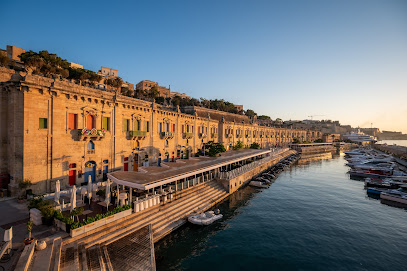
National War Museum - Fort St Elmo
Discover Malta's military heritage at National War Museum - Fort St Elmo, a historical gem in Valletta showcasing captivating exhibits and breathtaking views.
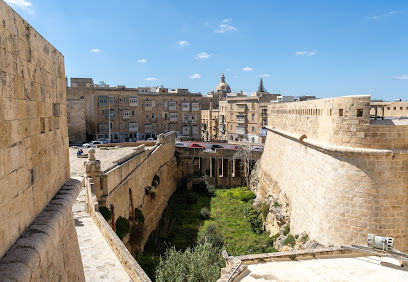
St. George’s Square
Explore the historical grandeur of St. George's Square, a vibrant landmark in Valletta surrounded by stunning architecture and rich culture.
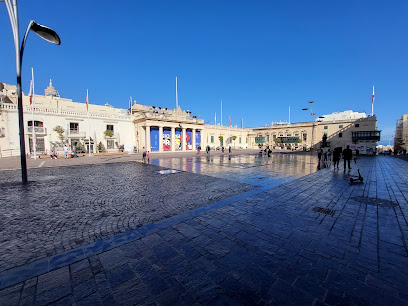
National Museum of Archaeology
Explore Malta's rich history at the National Museum of Archaeology, featuring ancient artifacts and cultural treasures in the heart of Valletta.
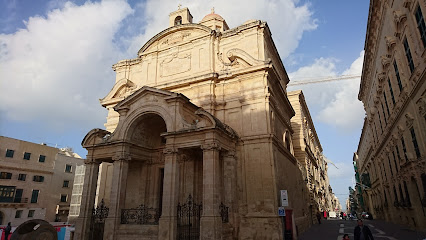
Casa Rocca Piccola
Discover the grandeur of Casa Rocca Piccola, a stunning historical palace museum in Valletta that reveals Malta's noble heritage and architectural beauty.
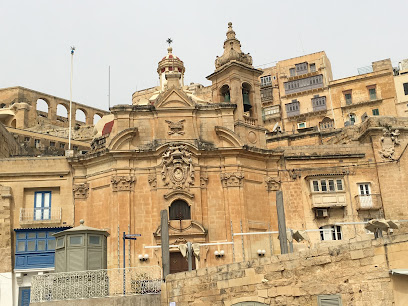
The Malta Experience
Explore Malta's captivating history at The Malta Experience, an immersive journey through time in the heart of Valletta's historic district.
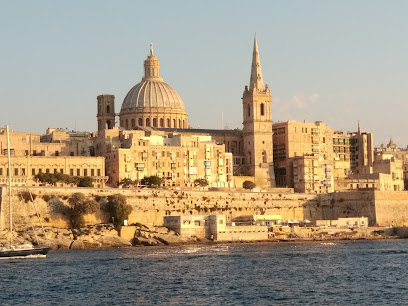
Hastings Garden Malta
Discover Hastings Garden in Valletta: a tranquil park with stunning views of Grand Harbour, rich in history and perfect for relaxation.

The Lascaris War Rooms
Explore the Lascaris War Rooms in Valletta, an essential museum showcasing Malta's strategic importance during World War II.
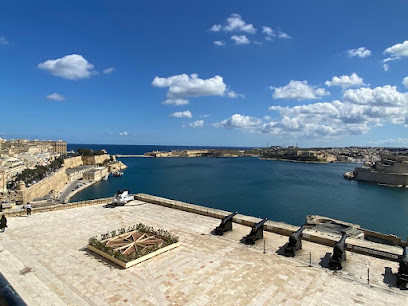
Bażilika Santwarju tal-Madonna tal-Karmnu
Discover the architectural beauty and spiritual serenity of Baċilika Santwarju tal-Madonna tal-Karmnu in Valletta, a must-visit for all travelers.
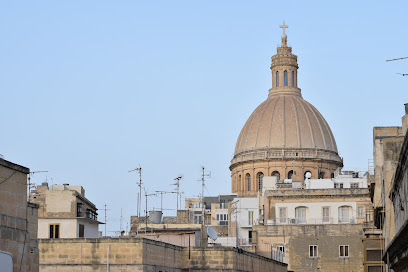
Siege Bell War Memorial
Explore the Siege Bell War Memorial in Valletta, Malta, a stunning monument honoring WWII heroes with breathtaking views and rich historical significance.
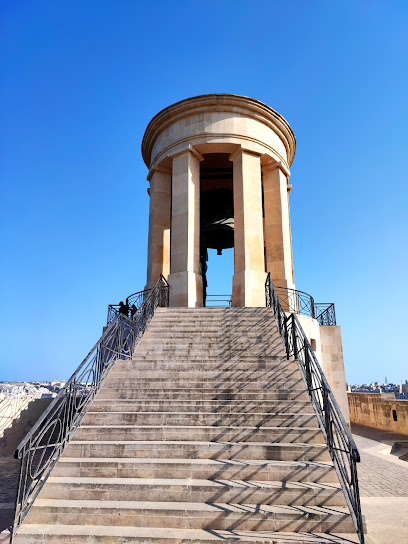
Unmissable attractions to see
Upper Barrakka
Experience the breathtaking views and serene atmosphere of Upper Barrakka Gardens in Valletta, Malta's hidden gem for relaxation and history.
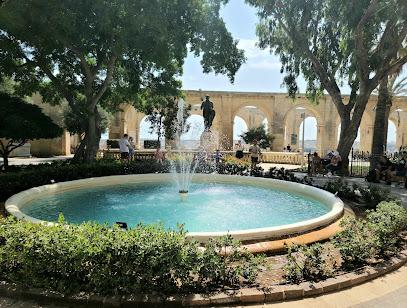
Triton Fountain
Discover the stunning Triton Fountain in Floriana, a captivating blend of art, history, and relaxation surrounded by lush gardens.

Malta National Aquarium
Explore the captivating marine life at the Malta National Aquarium, a top tourist attraction in San Pawl il-Baħar, Malta.
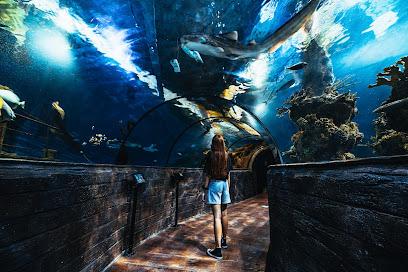
St. John's Co-Cathedral
Explore the stunning St. John's Co-Cathedral in Valletta, Malta, a masterpiece of Baroque architecture and home to priceless artworks including Caravaggio's masterpiece.
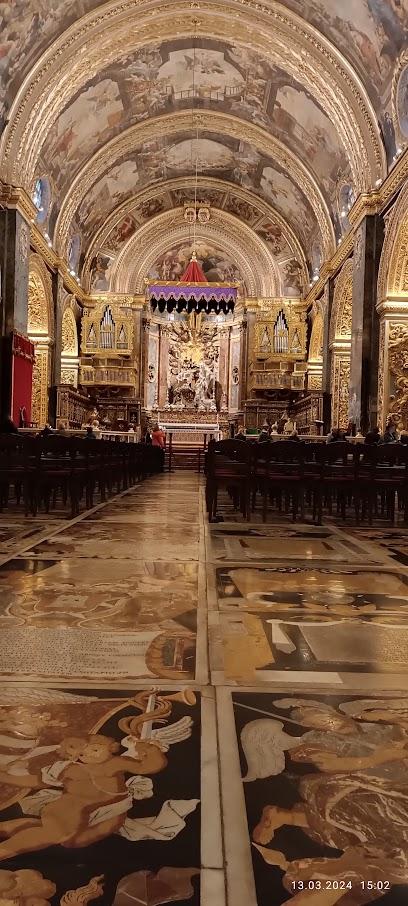
City Gate
Discover the historical allure and vibrant atmosphere of City Gate, your gateway to Valletta's rich cultural heritage and stunning architecture.
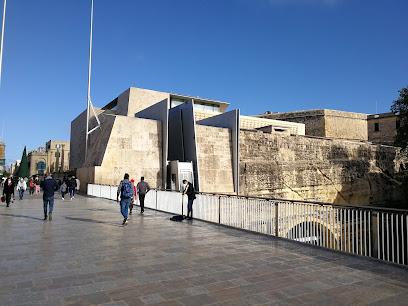
Lower Barrakka
Explore Lower Barrakka Gardens in Valletta, a tranquil oasis filled with lush greenery, historical monuments, and stunning views of the Grand Harbour.
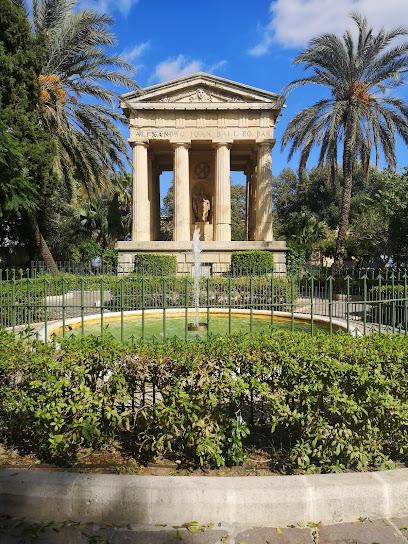
National War Museum - Fort St Elmo
Explore the historic Fort St. Elmo in Valletta, Malta, where the past comes alive through captivating exhibits and stunning Mediterranean views.
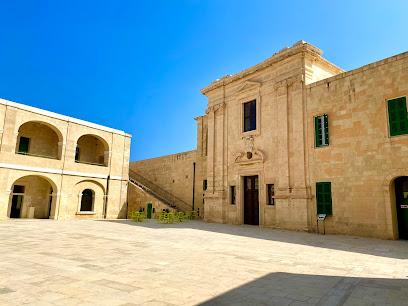
Il-Ġnien ta' Sant'Anton
Discover the serene charm of Il-Ġnien ta' Sant'Anton in Balzan, Malta, a perfect blend of nature and history.
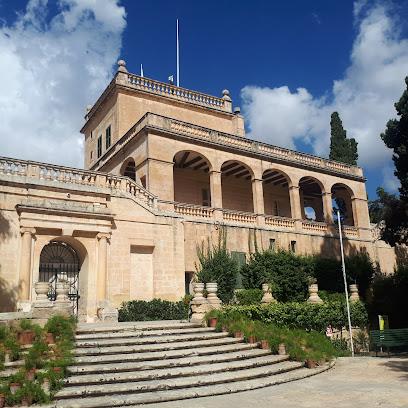
Fort St. Angelo
Discover Fort St. Angelo in Birgu, Malta—a historic fortress brimming with tales of valor, stunning views, and captivating exhibitions.

St. George’s Square
Explore St. George’s Square, a historical landmark in Valletta, Malta, surrounded by stunning architecture and vibrant local culture.

Marsaxlokk Harbour
Discover the vibrant charm of Marsaxlokk Harbour, Malta's picturesque fishing village filled with colorful boats, delicious seafood, and rich cultural experiences.
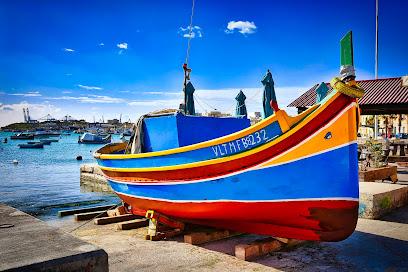
Valletta Ferry Service - Cospicua
Experience Malta's stunning coastline and rich history aboard the Valletta Ferry Service, connecting Cospicua with Valletta and the Three Cities.
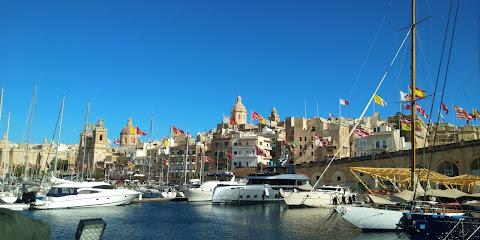
National Museum of Archaeology
Explore Malta's ancient past at the National Museum of Archaeology, where history comes alive through a remarkable collection of artifacts.
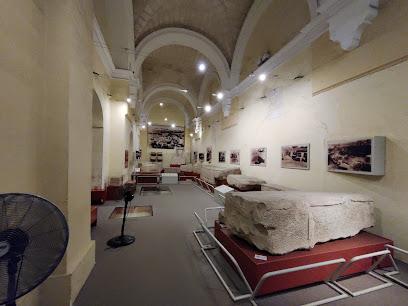
Tarxien Temples
Discover the ancient wonders of the Tarxien Temples in Malta, a UNESCO World Heritage site showcasing remarkable Neolithic architecture and art.
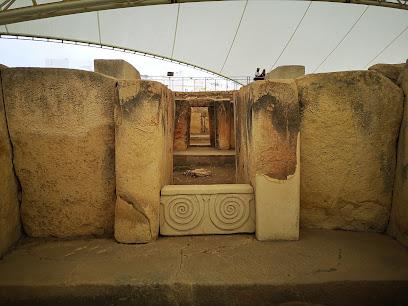
Mediterraneo Marine Park
Explore the vibrant world of Mediterraneo Marine Park in Malta, where adventure meets education in an unforgettable family-friendly experience.
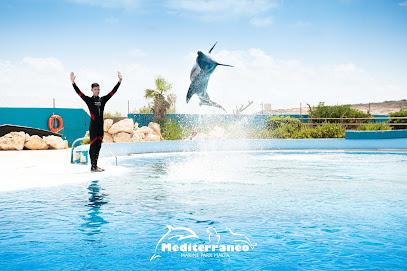
Essential places to dine
Zero Sei Trattoria Romana
Savor authentic Italian flavors at Zero Sei Trattoria Romana in Valletta - where tradition meets modern dining.
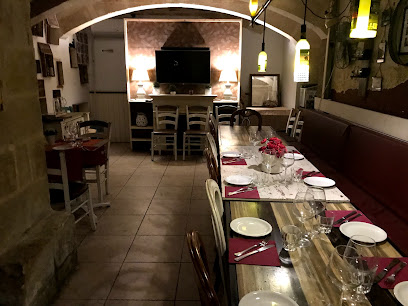
Pastaus
Experience authentic Italian flavors at Pastaus in Valletta – where every meal feels like a journey through Italy's culinary landscape.

Rampila Restaurant
Discover Mediterranean flavors at Rampila Restaurant in Valletta with stunning views and exquisite dishes for an unforgettable dining experience.
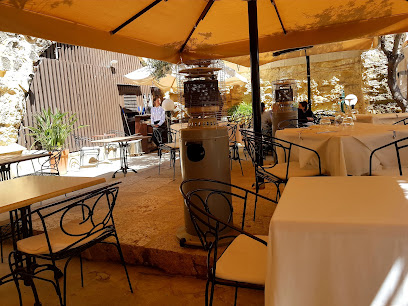
Palazzo Preca Restaurant
Savor the rich flavors of authentic Maltese cuisine at Valletta's premier fine dining destination - Palazzo Preca Restaurant.
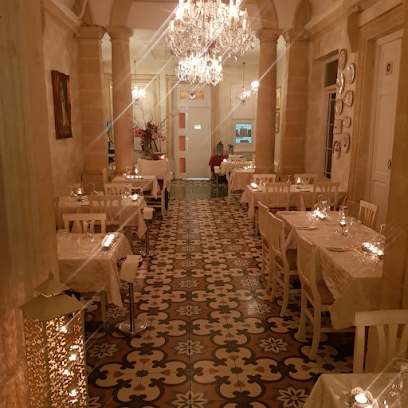
La Pira Maltese Kitchen
Experience the rich flavors of traditional Maltese cuisine at La Pira Maltese Kitchen in Valletta - where every dish tells a story.
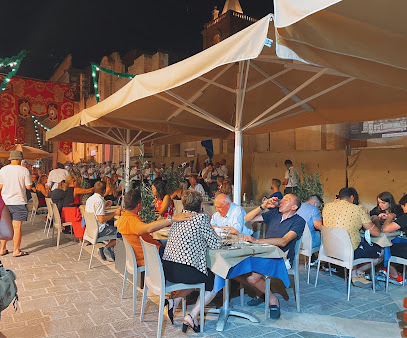
Legligin Restaurant
Experience the flavors of Malta at Legligin Restaurant - where tradition meets modernity in every dish.
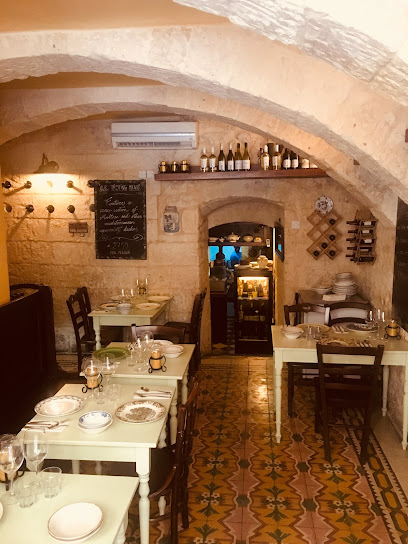
Aaron's Kitchen
Experience the best of Maltese cuisine at Aaron's Kitchen in Valletta - where every dish tells a story.
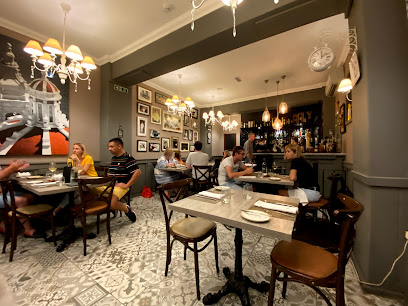
La Sfoglia
Discover the exquisite tastes of Mediterranean cuisine at La Sfoglia in Valletta - where every meal is a celebration of flavor.
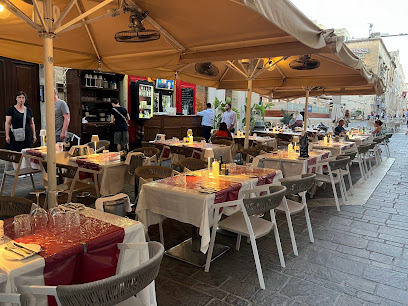
Papannis Restaurant
Savor authentic Maltese and Mediterranean flavors at Papannis Restaurant in Valletta's charming atmosphere.
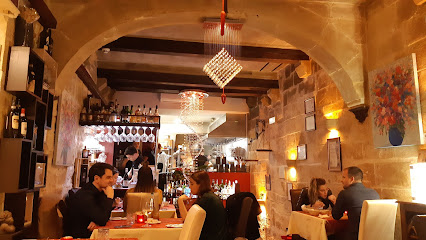
King's Own Band Club Bar And Restaurant
Discover authentic Maltese cuisine at King's Own Band Club Bar And Restaurant in Valletta – where tradition meets taste in a vibrant setting.

Da Pablo Trattoria di Mare
Discover authentic Mediterranean seafood at Da Pablo Trattoria di Mare in Valletta - a culinary gem celebrating local flavors.
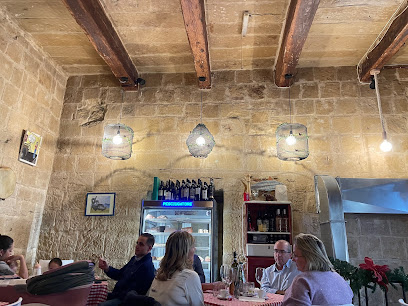
TRIBE Malta
Experience contemporary Maltese cuisine at TRIBE Malta - where modern elegance meets delicious flavors in Valletta.
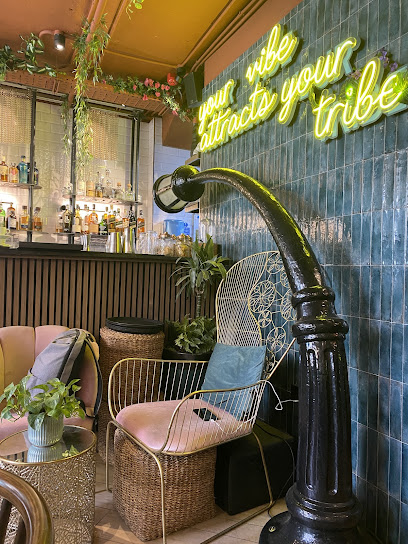
Beati Paoli Restaurant
Experience authentic Maltese cuisine at Beati Paoli Restaurant in Valletta - where tradition meets contemporary dining.
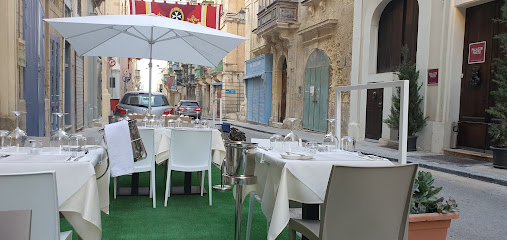
Trabuxu Bistro
Discover the best of Maltese cuisine at Trabuxu Bistro – where tradition meets modernity in Valletta's culinary scene.
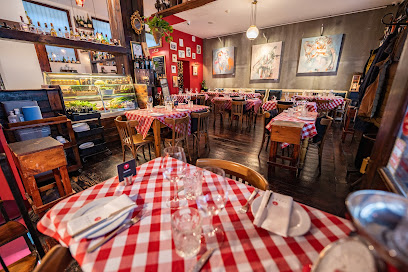
Il Ristorantino Italiano
Experience authentic Italian cuisine at Il Ristorantino Italiano in Valletta – where every meal is a celebration of flavor.
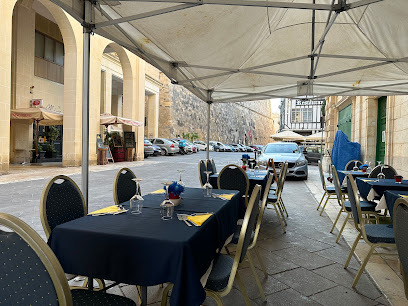
Markets, malls and hidden boutiques
The Wembley Store
Discover gourmet delights and fine wines at The Wembley Store in Valletta, Malta's premier grocery destination for food enthusiasts.
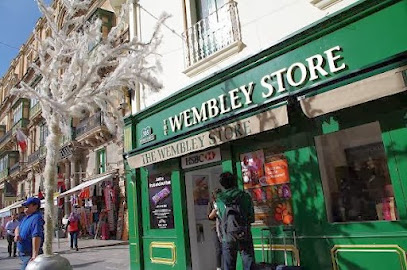
Tommy Hilfiger Valletta
Discover stylish apparel at Tommy Hilfiger Valletta, where contemporary fashion meets the historic charm of Malta's capital.
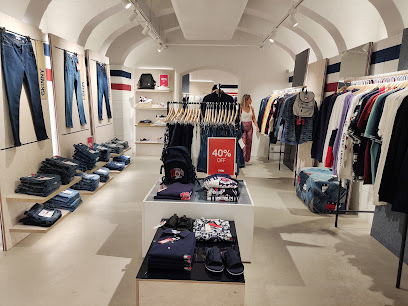
Pull & Bear
Discover trendy fashion at Pull & Bear in Valletta, your go-to spot for stylish clothing and accessories that capture the essence of contemporary style.
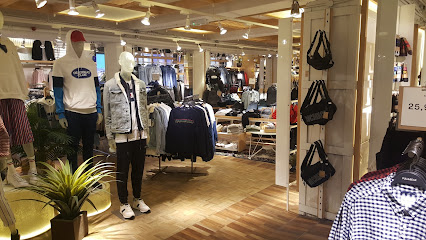
Marks and Spencer
Explore the splendid Marks and Spencer in Valletta for quality clothing and unique accessories, blending modern retail with historical charm.
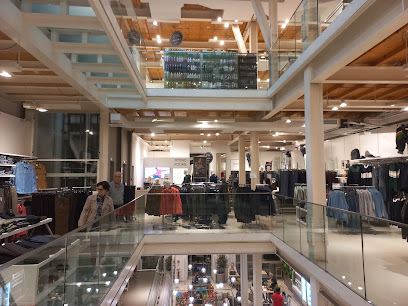
Flying Tiger Copenhagen
Explore a vibrant gift shop in Valletta offering a quirky assortment of home goods, toys, and unique souvenirs for all ages.
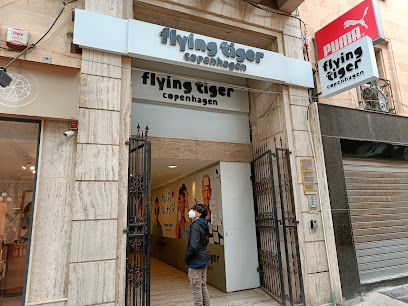
The Capital Souvenir Shop
Discover unique gifts and local treasures at The Capital Souvenir Shop in Valletta, your perfect destination for authentic Maltese souvenirs.
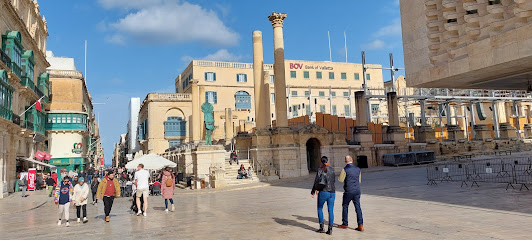
il-lokal
Explore il-lokal in Valletta, where unique gifts and local artistry meet to create unforgettable memories of Malta.
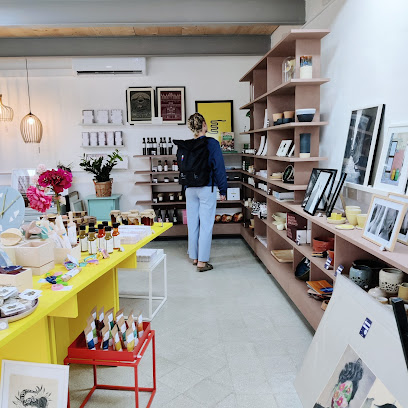
Ċekċik
Discover unique fashion and souvenirs at Ċekċik, a charming clothing store in Valletta that embodies the essence of Maltese culture.
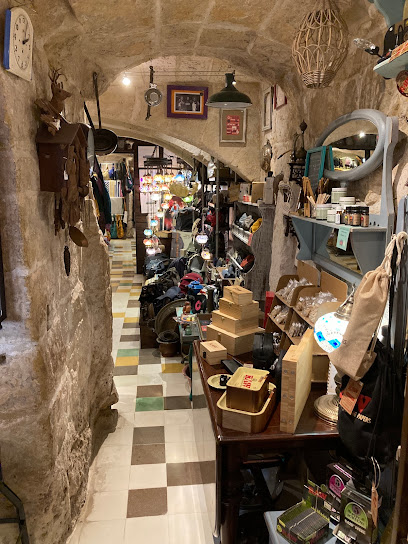
The Silversmith's Shop
Explore exquisite handcrafted jewelry at The Silversmith's Shop in Valletta, a gem reflecting Malta's rich cultural heritage.
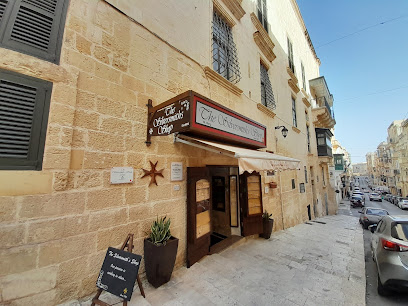
Stone Market Valletta
Explore the charm of Malta through unique home goods at Stone Market Valletta, where local artistry meets contemporary design.
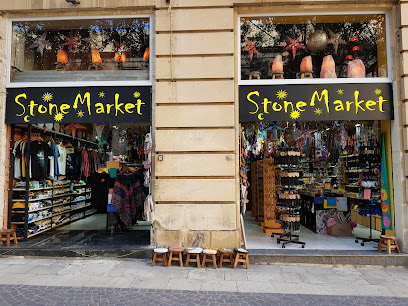
Next Valletta
Discover the latest fashion trends at Next Valletta, a stylish clothing store in the heart of Malta's capital, surrounded by history and culture.
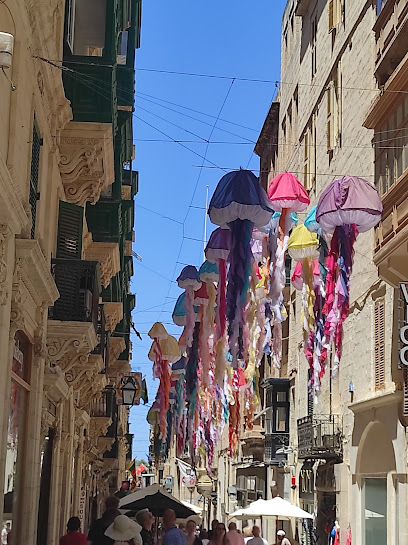
Mvintage Valletta
Explore the artistic brilliance of handcrafted jewelry at Mvintage Valletta, a treasure trove of unique designs celebrating Maltese heritage.
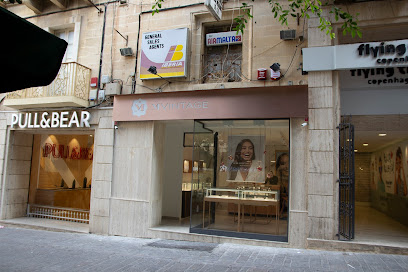
Souvenirs That Don't Suck - Valletta
Discover unique gifts and quirky souvenirs at Souvenirs That Don't Suck, the vibrant gift shop in Valletta that captures Malta's spirit.
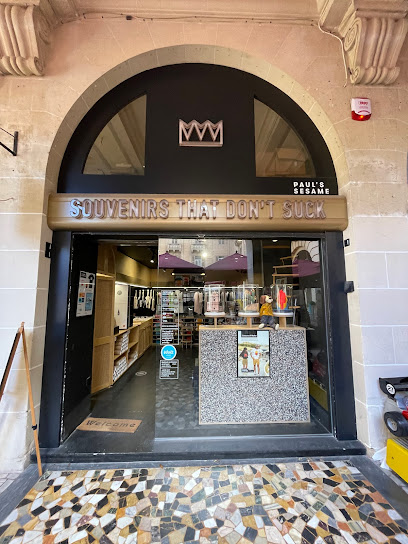
Montblanc Boutique
Explore Montblanc Boutique in Valletta for exquisite fashion accessories and timeless gifts that embody elegance and craftsmanship.

Island Paradise Boutique
Discover unique gifts, fashion accessories, and home goods at Island Paradise Boutique in Valletta, capturing the essence of Maltese craftsmanship.
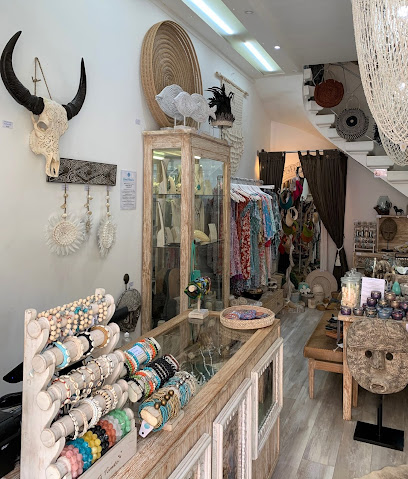
Essential bars & hidden hideouts
The Pub
Experience the vibrant atmosphere of The Pub in Valletta, where great drinks, sports, and friendly locals await you.

The Queen Victoria City Pub, Valletta
Discover the vibrant atmosphere and rich heritage of The Queen Victoria City Pub in Valletta, where locals and tourists gather for drinks and camaraderie.
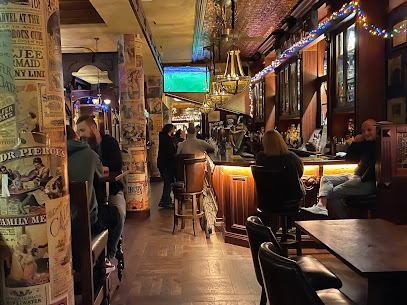
The Bridge Bar
Discover the enchanting world of jazz at The Bridge Bar in Valletta, where live music and a vibrant atmosphere create memorable nights.
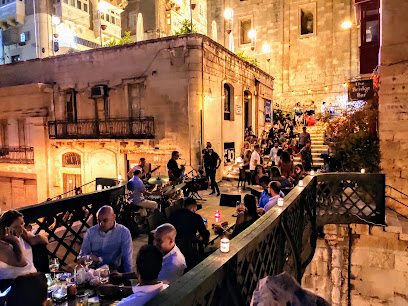
Cheeky Monkey Gastropub
Discover the ultimate dining experience at Cheeky Monkey Gastropub in Valletta, where local flavors meet a vibrant atmosphere for every palate.
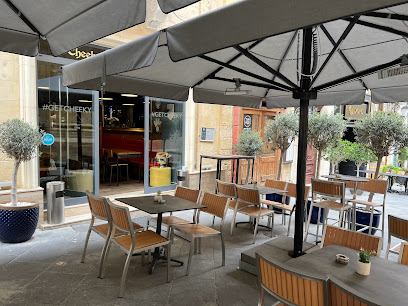
Yard 32 Gin & Tapas Bar
Experience the best of Mediterranean cuisine at Yard 32 Gin & Tapas Bar in Valletta, where exquisite gins meet delightful tapas in a vibrant setting.
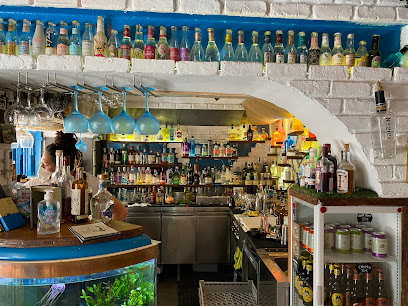
Kamy Cocktail Bar Valletta
Experience the vibrant cocktail culture at Kamy Cocktail Bar in Valletta, where innovation meets tradition in every sip.

La Bottega
Experience the vibrant nightlife at La Bottega in Valletta, where unique drinks and lively ambiance await you in the heart of the city.
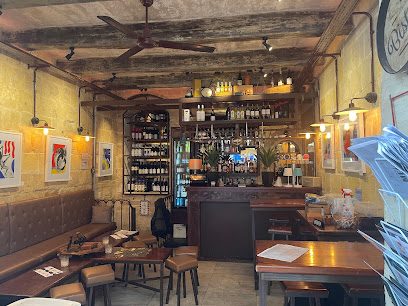
The Rootz Bar
Discover the vibrant fusion of live music and authentic Italian cuisine at The Rootz Bar in the heart of Valletta.

Kennedy Bar and bistro
Experience the vibrant atmosphere and culinary delights at Kennedy Bar and Bistro in the heart of Valletta, Malta's captivating capital.
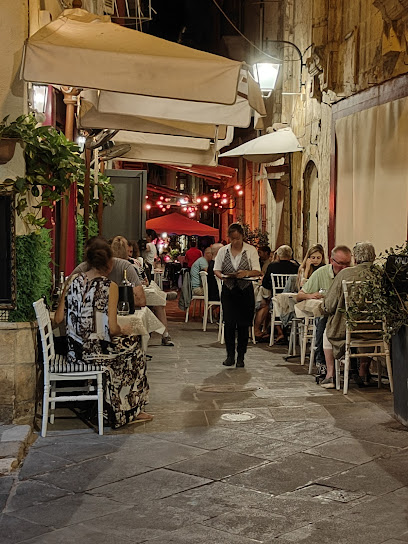
Trabuxu Wine Bar
Explore Valletta's vibrant wine culture at Trabuxu Wine Bar, where every sip tells a story of local and international vineyards.
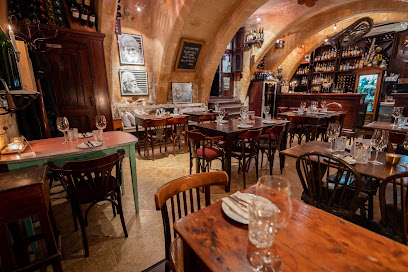
The Little RED DOOR
Discover the unique charm of The Little RED DOOR in Valletta, where delightful drinks meet a cozy atmosphere in Malta's vibrant capital.
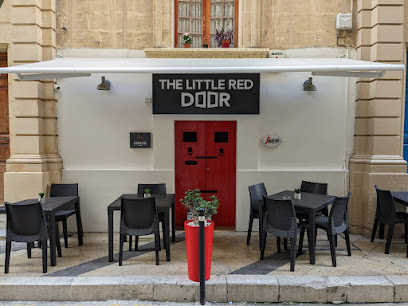
Maori
Experience the vibrant atmosphere of Maori Bar in Valletta, where stunning views and affordable drinks create a perfect blend for relaxation.
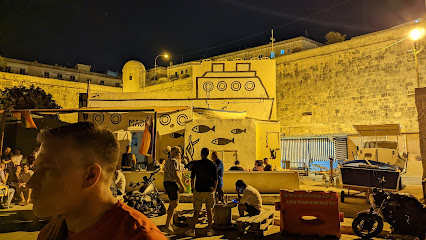
The Capitol City Bar
Experience the vibrant nightlife of Valletta at The Capitol City Bar, offering exquisite cocktails, delicious tapas, and live music in a stylish setting.
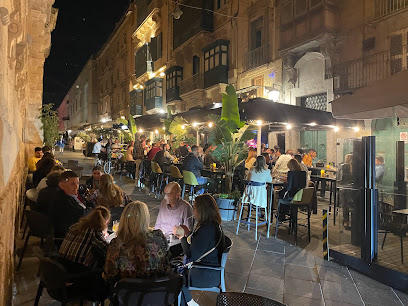
DOPO
Discover DOPO in Valletta: where exquisite cocktails meet delightful tapas in a vibrant atmosphere perfect for unwinding.
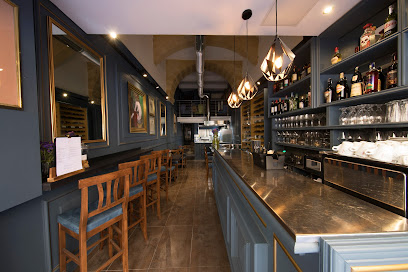
Why Not? Lounge Bar & Dine
Experience the vibrant atmosphere of Why Not? Lounge Bar & Dine in Valletta, where fine wines meet delicious tapas in a cozy setting.
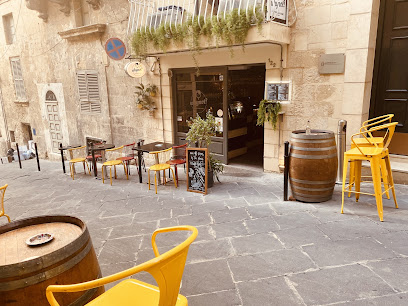
Local Phrases
-
- HelloMerħba
[merh-ba] - GoodbyeĊaw
[chaw] - YesIva
[ee-va] - NoLe
[leh] - Please/You're welcomeJekk jogħġbok
[yekk yoj-bok] - Thank youGrazzi
[grat-see] - Excuse me/SorrySkuzani
[skoo-za-nee] - How are you?Kif int?
[keef int] - Fine. And you?Tajjeb. U int?
[tai-yeb. oo int] - Do you speak English?Titkellem bl-Ingliz?
[tit-kel-lem bl-ing-lees] - I don't understandMa nifhimx
[ma neef-heems]
- HelloMerħba
-
- I'd like to see the menu, pleaseNixtieq nara l-menù, jekk jogħġbok
[nis-tyek na-ra l-men-oo, yekk yoj-bok] - I don't eat meatMa niekolx laħam
[ma nee-e-kolsh la-ham] - Cheers!Sliem!
[sleem] - I would like to pay, pleaseNixtieq inħallas, jekk jogħġbok
[nis-tyek in-hal-las, yekk yoj-bok]
- I'd like to see the menu, pleaseNixtieq nara l-menù, jekk jogħġbok
-
- Help!Għajjat!
[ay-yat] - Go away!Mur!
[moor] - Call the Police!Ibgħat l-Pulizija!
[ib-ghat pul-ee-zee-ya] - Call a doctor!Ibgħat tabib!
[ib-ghat ta-beeb] - I'm lostInħallas
[in-hal-las] - I'm illJien morda
[yien mor-da]
- Help!Għajjat!
-
- I'd like to buy...Nixtieq inixtri...
[nis-tyek ini-stree] - I'm just lookingQed inħares biss
[ked in-ha-res bis] - How much is it?Kam jiswa?
[kam yis-wa] - That's too expensiveDan huwa wisq għoli
[dan hoo-wa wees gho-lee] - Can you lower the price?Tista' tgħallem il-prezz?
[tis-ta t-al-lem il-prez]
- I'd like to buy...Nixtieq inixtri...
-
- What time is it?X'ħin hu?
[shin hoo] - It's one o'clockHuwa l-ewwel siegħa
[hoo-wa l-ew-wel see-ya] - Half past (10)Noqghod fuq nofs
[nodge fuq nofsh] - MorningFilgħodu
[fil-gho-doo] - AfternoonWaranofsinhar
[war-an-of-sin-har] - EveningFl-ewwel lejl
[fl-ew-wel layl] - YesterdayNoffsi
[nof-see] - TodayIllum
[il-lum] - TomorrowGħada
[g-ha-da] - 1Waħda
[wa-da] - 2Tnejn
[tnejn] - 3Tlieta
[tlee-ta] - 4Erba'
[er-ba] - 5Ħamsa
[hamsa] - 6Sitta
[sit-ta] - 7Sebgħa
[sib-gha] - 8Tmienja
[tmi-en-ya] - 9Disgħa
[dis-gha] - 10Għaxra
[a-kh-ra]
- What time is it?X'ħin hu?
-
- Where's a/the...?Fejn hemm...
[fayne hemm] - What's the address?X'hu l-indirizz?
[shoo l-in-di-reez] - Can you show me (on the map)?Tista' turi lili (fuq il-mappa)?
[tis-ta tu-ree lee-lee fooq il-map-pa] - When's the next (bus)?Meta l-bus li ġej?
[me-ta l-boos lee jay] - A ticket (to ....)Biljett (għal ....)
[bil-yett al]
- Where's a/the...?Fejn hemm...
History of Valletta
-
Valletta, the capital city of Malta, was founded in 1566 by the Order of St. John after the Great Siege of Malta. Named after Grand Master Jean Parisot de Valette, who led the defense against the Ottoman Empire, Valletta was designed as a fortress city, combining both military and civic functions.
-
The Great Siege of Malta in 1565 was a pivotal moment in the island's history. The Knights of St. John, along with the Maltese population, successfully defended the island against a massive Ottoman invasion. This victory not only ensured the survival of the Order but also led to the construction of Valletta as a fortified city.
-
St. John's Co-Cathedral, completed in 1577, is one of Valletta's most significant landmarks. Originally the conventual church of the Knights of St. John, its baroque interior is renowned for its elaborate decoration, including the famous Caravaggio painting 'The Beheading of Saint John the Baptist'.
-
In 1800, Malta voluntarily became part of the British Empire following the French occupation. Valletta served as a crucial naval base for the British, especially during the Napoleonic Wars. British influence is still evident in the city's architecture and infrastructure.
-
During World War II, Valletta played a crucial role due to its strategic location in the Mediterranean. The city endured intense aerial bombardment by Axis forces, leading to extensive damage. Despite the hardships, Valletta and its residents were awarded the George Cross for their bravery and resilience.
-
Malta gained independence from British rule on September 21, 1964. Valletta, as the capital city, became the political and administrative heart of the newly independent nation. The city has since developed into a vibrant cultural and economic hub.
-
In 1980, Valletta was designated a UNESCO World Heritage Site. The city's unique baroque architecture, historical significance, and well-preserved fortifications contributed to this prestigious recognition, ensuring its preservation for future generations.
-
In 2018, Valletta was honored as the European Capital of Culture. This designation highlighted the city's rich cultural heritage and promoted various cultural events and initiatives, further enhancing its status as a vibrant cultural destination.
Valletta Essentials
-
Valletta, the capital city of Malta, is accessible via Malta International Airport (MLA), located around 8 kilometers from the city center. From the airport, you can take a taxi, which takes approximately 20 minutes to reach Valletta. Alternatively, there are regular bus services (routes X4, X5, X7, and TD2) that connect the airport to Valletta. Ferries also operate from Sicily to Malta, docking at the Grand Harbour in Valletta.
-
Valletta is a compact city, and its attractions are easily reachable on foot. For longer distances, public buses are the primary mode of transportation, with an extensive network connecting Valletta to other parts of Malta. Taxis are also available but can be more expensive. Another unique option is the ferry service that connects Valletta to Sliema and the Three Cities. Renting a car is not recommended due to limited parking and narrow streets.
-
The official currency in Malta is the Euro (€). Credit and debit cards are widely accepted in hotels, restaurants, and shops. However, it is advisable to carry some cash for smaller establishments and markets. ATMs are readily available throughout Valletta, and currency exchange services can be found at banks and exchange offices.
-
Valletta is generally a safe city for tourists. However, like any urban area, it is important to stay vigilant. Be cautious in crowded places to avoid pickpocketing. Avoid walking alone late at night in poorly lit areas. The area around the bus terminus can be busier and may attract petty crime, so keep an eye on your belongings.
-
In case of emergency, dial 112 for immediate assistance from police, fire, or medical services. Valletta has several pharmacies for minor health issues, and the main public hospital, Mater Dei Hospital, is located in Msida, a short drive from Valletta. It is advisable to have travel insurance that covers medical emergencies.
-
Fashion: Do dress modestly, especially when visiting religious sites. Avoid wearing overly revealing clothing. Religion: Do respect local customs and traditions. Always cover your shoulders and knees when entering churches. Public Transport: Do be respectful and give up your seat to elderly passengers. Don’t eat or drink on public transport. Greetings: Do greet people with a friendly handshake and a smile. Eating & Drinking: Do try local Maltese dishes and accept food offerings graciously. Don’t refuse hospitality, as it is considered impolite.
-
To experience Valletta like a local, visit the daily market at Merchant Street for fresh produce and local crafts. Engage with the locals, who are known for their friendliness and willingness to share stories about Malta’s history and culture. Don’t miss the traditional Maltese festa celebrations if your visit coincides with one. For a unique experience, attend a performance at the Manoel Theatre, one of the oldest working theatres in Europe.
Trending Landmark in Valletta
-
Upper Barrakka
-
Triton Fountain
-
St. John's Co-Cathedral
-
City Gate
-
Lower Barrakka
-
The Valletta Waterfront
-
National War Museum - Fort St Elmo
-
St. George’s Square
-
National Museum of Archaeology
-
Casa Rocca Piccola
-
The Malta Experience
-
Hastings Garden Malta
-
The Lascaris War Rooms
-
Bażilika Santwarju tal-Madonna tal-Karmnu
-
Siege Bell War Memorial
Nearby Cities to Valletta
-
Things To Do in Birgu
-
Things To Do in Sliema
-
Things To Do in Gzira
-
Things To Do in Marsa
-
Things To Do in Paola
-
Things To Do in St. Julian's
-
Things To Do in Tarxien
-
Things To Do in Zejtun
-
Things To Do in Marsaskala
-
Things To Do in Marsaxlokk
-
Things To Do in Mqabba
-
Things To Do in Zurrieq
-
Things To Do in Mdina
-
Things To Do in Qawra
-
Things To Do in Rabat







